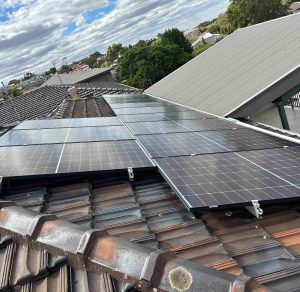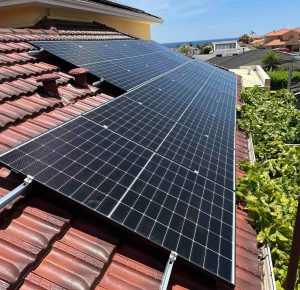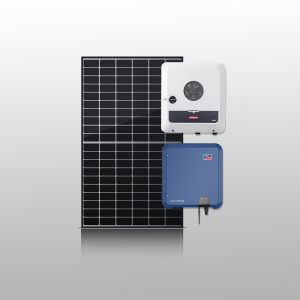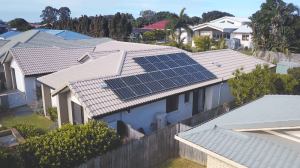As of 2018, a total of 6GW residential solar systems are installed in the country. So, what is the total Australian solar capacity? In fact, the collaborative study by University of NSW, Australian PV Institute and Solar Citizens tackles this question. Currently, the country leads in global household PV system installations – 21.6% of all houses (not including apartments) has a rooftop system installed, and this constitutes 61% of the installed Australian solar capacity. This distributed solar power generation has seen an annual growth of 33%, displacing over 7.4 million tons of carbon dioxide. It has also contributed to 3% of the total electricity consumption in the country. Attractive government rebates, feed-in tariffs and falling technology prices evidently played critical roles in this adoption surge.
Australian Solar Capacity
The report forecasts that the country has a total residential solar capacity potential of 43 to 61 GW – nearly 6 times the existing generation. Currently, suburbs in SA and QLD lead the currently in the rooftop PV uptake (40-50% of average penetration). Despite the hundreds of daily installations, over 80% of houses do not yet have a PV system. With 1000s of installers and retailers spread throughout the continent, the growing market competition foresees this gap and the ensuing potential future demand. In Perth, on an average, the top solar retailers moves over 900 kW monthly. With consistent figures like these, the forecasted range of 43 to 61 GW seems realistic and attainable. As of now, 5kW to 6 kW systems are most popular. Depending on the rate of daytime power consumption and battery implementation, they can have an average payback period anywhere in the range of 3 to 6 years. However, the market still has some hindrances in the form of rental properties, apartment dwellers and low-income households who are unable to tap into this.
To overcomes these barriers, the report also suggests recommendations such as interest-free loans; changes in regulations for energy sharing in apartments; incentives to tenant and landlords in rental properties; solar power trading reforms; and support for community solar power schemes.
Source: Report









